 image source: http://www.whataboutwatermelon.com/wp-content/uploads/2010/02/lovewatermelon.jpg
image source: http://www.whataboutwatermelon.com/wp-content/uploads/2010/02/lovewatermelon.jpg The causes for women appear to be a bit more complicated than for men. A large factor for men is age. Studies have found that men with higher amounts of testosterone circulating in their blood have a higher sex drive, but testosterone levels drop as men age. Researchers say that as many as 10 percent of men in their forties have a sexual dysfunction, but up to 80 percent of men older than 70 experience it. One study of 414 men between the ages of 40 and 79 found that sex drive and erectile function were significantly affected by testosterone levels.
For women, age is definitely factor especially after menopause with hormone changes. A woman’s estrogen levels plummet at menopause and during the years leading up to menopause. As a result, you may notice vaginal dryness and pain during sex, which can understandably lead to a lower sex drive. In that recent study of sexual desire, 52 percent of women who had gone through menopause were more likely to have low desire, while only 27 percent of premenopausal women reported low libido. The researchers estimated that at least 16 million women 50 and older had a low sex drive, while about four million felt distress over having low desire. Additional factors affecting women and men are stress levels, anxiety and depression, certain medications, health conditions such as heart disease and vascular conditions or past trauma and negative sexual experiences in your past.
Below, I will provide you with three of the best and surprising foods to help increase your libido. In addition, make sure to check out some food and drink ideas for Valentine's Day or date night!
Watermelon
This fruit should be eaten all year round! According to Dr. Bhimu Patil from Texas A&M, "The more we study watermelons, the more we realize just how amazing a fruit it is in providing natural enhancers to the human body."
Phyto-nutrients are one of the beneficial components in watermelon. These are compounds that occur naturally and are bioactive, or able to react with the human body in order to create healthy reactions.
In watermelons, these include lycopene, beta carotene and the libido enhancing citrulline. Citrulline is an alpha-amino acid which was initially isolated from watermelons. Citrulline is produced as a by product in the human body of the enzymatic production of nitric oxide from the amino acid arginine. Why am I going into such nerdy scientific detail you ask? It is because Nitric Oxide is important for vasodilation or the widening of blood vessels. When blood vessels widen or vasodilate, blood flow increases. The increase in blood flow helps to decrease blood pressure by a response mechanism. Basically, the blood vessels relax much like the response caused by Viagra.
Citrulline, the precursor to arginine, is found in higher concentrations in the rind of watermelons than the flesh. As the rind is not commonly eaten, two of Patil’s fellow scientists, drs. Steve King and Hae Jeen Bang, are working to breed new varieties with higher concentrations in the flesh. Hopefully we can look forward to adding this new type of watermelon to our diets in the near future.
Saffron
Saffron is a spice that is derived from the flower Crocus sativus aka the saffron crocus. The crimson stigmas, which are at the end of this flower, are commonly dried and used in food as a seasoning and coloring agent. Saffron is very costly by weight and appears to have originated in Southwest Asia and Greece. This spice can now be found as well in Eurasia, North Africa, North America and areas of the tropical pacific such as Polynesia.
The use of aphrodisiacs dates back thousands of years in Chinese, Indian, Egyptian, Roman, and Greek cultures. It is said that Cleopatra used to bathe in saffron. Although the scientific basis of these substances was not understood, aphrodisiacs were used to enhance the sexual experience. Their use allowed for human procreation and to help obtain a sexually fulfilling relationship
Recent studies have also shown antidepressant properties compared to reference drugs. The studies include trials against placebo and trials against reference drugs, such as the SSRI fluoxetine. These studies were conducted in Iran, which produces 90% of the world’s saffron. While this study showed some evidence, other researchers are still trying to replicate these results. Saffron’s antidepressant properties are related to serotonin metabolism. Saffron’s side effects, like reduced snacking and an elevated mood, could be the result of increased serotonin action in the body. Further research is needed to determine the exact functioning of this mechanism. Serotonin related sexual dysfunction in both women and men may be affected by saffron ingestion along with SSRI medications. The best evidence to date does not support a pro-erectile effect of saffron supplementation per se, although it may have a particular role in combating SSRI related sexual dysfunction that results in erectile dysfunction.
Using saffron in food will provide the same effects as supplementation, since saffron supplements are dehydrated extracts of the spice. I would recommend to use saffron in food rather than supplementation because it is still unclear as to the safe dosage. Researchers at the University of Guelph have found that saffron can improve sexual performance. To use saffron soak the threads in hot liquid for about 15 minutes then add to any grain like rice, barley or quinoa. You can also use it in soups. or use it in a soup or stew. Hey, if Saffron worked for Cleopatra, I say give it a try!
Figs are rich in magnesium, a component your body needs to manufacture sex hormones. They contain magnesium, a mineral needed to produce sex hormones like androgen and estrogen that have some control over your libido; and an amino acid that increases the production of nitric oxide, important for expanding blood vessels and increasing blood flow EVERYWHERE.

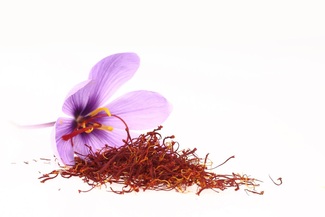


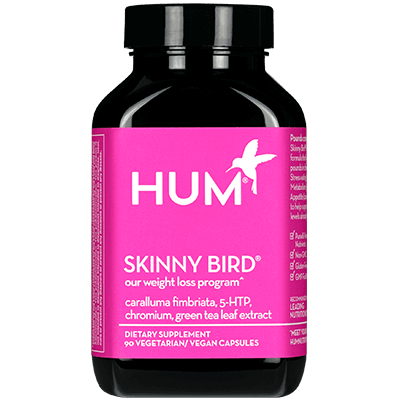
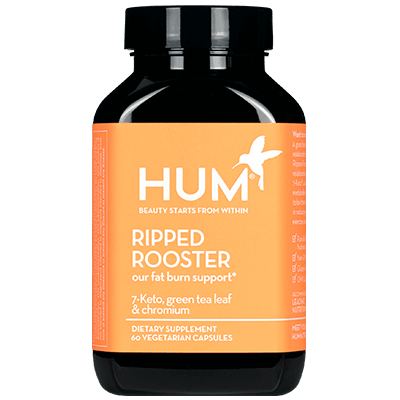
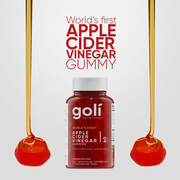
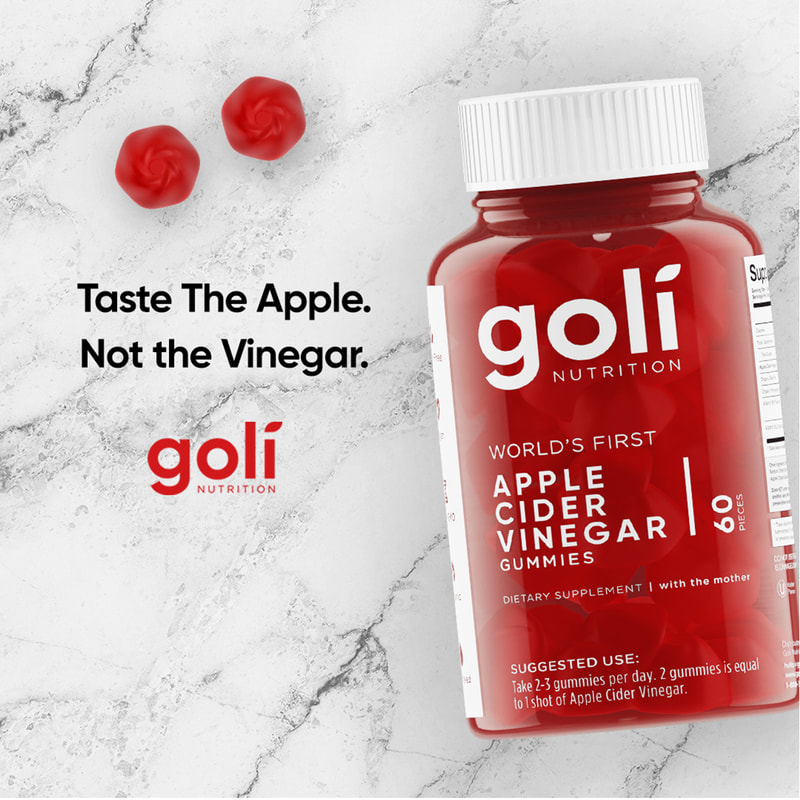


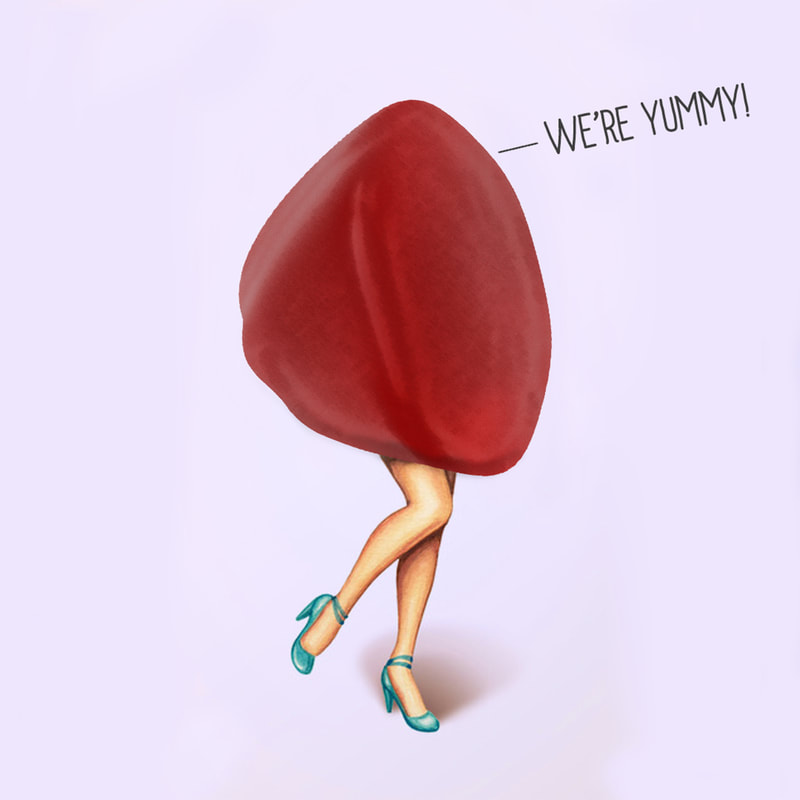

 RSS Feed
RSS Feed

